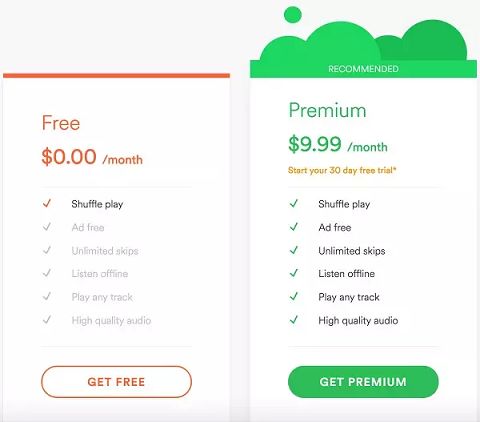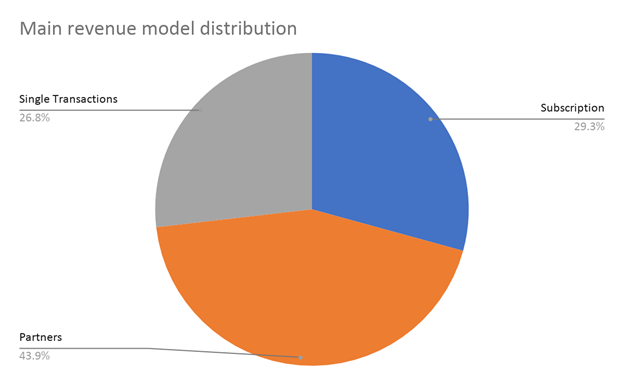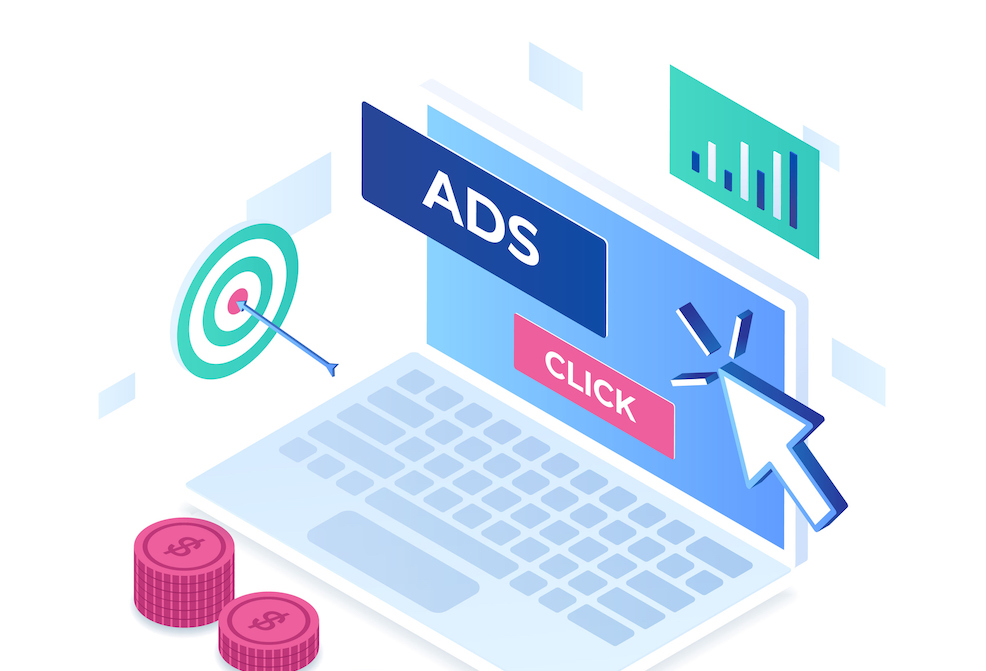The digital era has brought vast cultural transformations – the sharing economy, microtransactions, lightning-fast communication and much more. Much of this has also resulted in considerable innovation in revenue-related areas.
Companies from various industries today manage a large number of revenue streams from different revenue models. Online commerce companies such as 1-800 Flowers and Tobi sell their goods online, while sharing economy companies like Uber, AirBnB and Bird perform millions of transactions every day. On the other hand, companies like Spotify, Smule and Wix manage huge subscriber bases. And then there are companies like Booking.com and Yelp, which connect shoppers to service providers and run a partner program for a large part of their revenue stream.
In this post, we’ll review the three most popular revenue models we see today, and discuss how you can use AI to ensure a consistent and flawless revenue stream for your business.
Micro Transactions (mtx) or Single Transactions
A single transaction is where a buyer purchases an item or a number of items for an agreed-upon fee in a one-time transaction. This is the oldest type of revenue model. Here’s one example from a popular game, Mortal Kombat.
Subscriptions
We all know subscription plans. This is how we pay the gym and how we pay companies like Netflix. While micro-transactions tend to fluctuate more due to seasonality, subscription plans are the most popular model these days as they ensure predictable revenues and retention rates.
The following is a good example. This is Spotify’s subscription plan:
Affiliates/Partners/Ads
This third model is probably the most complex of the three. Companies that run this model are focused on connecting buyers and service providers. Instead of developing and selling their own product line and goods, they find an audience that is interested in goods and direct that traffic towards the purchase funnel.
Examples of this type of model include companies like booking.com or food52. This is much like promoting another service from within your web assets, such as with ads. This model is most common among publishers.
Note that many companies also run a blended approach, or a combination of two or three of the revenue models above.
So why is it so hard to monitor?
No matter which of these models you use, it’s a huge challenge to verify that nothing goes wrong. Let’s take Zappos for example. According to ecommercedb, during 2018, Zappos sold over $500M of shoes. Assuming an average shoe costs $75, we can assume they sold tens of thousands of shoes every day. Having said that, how will they know if a specific item is being sold less than expected? How can they assess whether the conversion of average purchase duration spiked or dropped? Understanding how to monitor this kind of purchase behavior is a huge challenge that requires machine learning in order to be done at scale.
The same concept applies to companies that manage huge subscription programs and need to monitor new subscribers, churn and retention per program, location, price and more. Companies like Netflix manage millions of subscribers using tens and sometimes hundreds of different subscription plans. Looking at how an active subscriber base from one application and one location looks, it’s easy to imagine how hard is it to identify changes in subscribers’ behavior with several plan locations.
Below is an example of how machine learning can help monitor subscribers for a specific plan and location:
The blue line is the actual users’ behavior and the shaded area around it is the expected behavior based on unsupervised machine learning models.
When thinking of the third model it becomes even more complex if you have to monitor the traffic you generate to many different vendors, as well as understand how these referrals eventually convert.
In the chart below, we analyzed our customer base to see which revenue models were more popular. We discovered that all three models are widely used.
Tips for using AI to monitor your revenue streams
So how can companies now monitor their various revenue streams and ensure consistent revenue flow? The answer is AI and ML. Both can be used to learn the behavior of each and every revenue stream, and then report back to us when the need arises to investigate further.
Based on our experience, here are five tips for how this can best be done.
Tip #1 Learn and monitor each revenue stream by itself
Since you’ve built multiple revenue streams, it’s crucial to monitor each and every one by itself and not only all as one. Doing so will enable you to identify a drop in only one region or one program. Granularity is also crucial in order to be effective. As a rule of thumb, try to learn any metric that has new values at least once a day.
Tip #2 Monitor both volume and conversion rates
In order to shorten time to root cause and resolution, it’s recommended to not only monitor the number of success results (subscribers, purchases, or referrals, for example), but to also monitor conversion rates from a visit to success and from the start of purchase action to success (purchase funnel).
Tip #3 Correlate metrics and events for shortest time to resolution
When something goes wrong, we naturally want to resolve it as soon as possible. Identifying anomalies and changes in behavior, however, is not enough to ensure the shortest time to resolution. Correlation to other metrics, events, and understanding of key contributing dimensions of the anomaly are crucial as well.
Tip #4 Treat anomalies with care (humans + machines)
The modern approach to monitoring suggests automated remediation actions and self-healing code. Revenue monitoring is a sensitive issue and has a direct effect on your bottom line. As such, we suggest adopting the hybrid or cyborg approach, where humans are notified by machines and then choose the most impactful corrective action.
Tip #5 Measure the uplift
The nature of such a monitoring system is that once it works people tend to forget the effect it generates. For this reason it’s crucial to record and measure its ROI. To do so, track the times it detected an issue, the times it missed an incident, the potential cost of late detection and issues that were not detected by the revenue monitoring system.
Conclusion
If you’re part of a successful company, revenue monitoring is crucial. Deploying or developing such a system is a clear ROI positive play.
There are a number of companies that have already successfully deployed Anodot to monitor and protect their revenue streams, and boost their bottom line.
Want to learn more about how we can help? Let’s talk.








